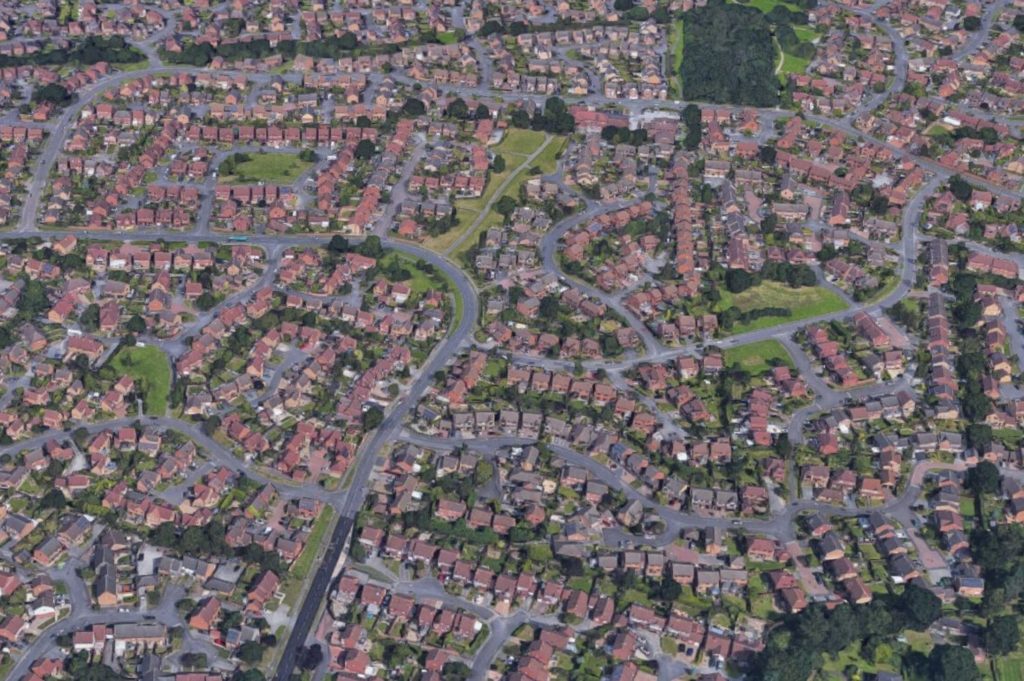Yes they are; a report issued last week by University College London says that too many highway engineers are supporting road designs that do not fully take into account pedestrians and cyclists. In addition the location of some new housing, their lack of character, poor access to high quality green space and availability of access to public transport means that not all new housing developments could be considered to represent sustainable development.
The report comes at a time when 76% of people polled by the Government think that for the sake of the environment that everyone should reduce the amount they drive. This is up from 63% only 2 years ago. There is a growing awareness not only about climate change but also air pollution and the importance of clean air to health. A number of schools are banning parents from parking outside the school gates on grounds of air quality and safety.
The dominance of the car in housing layouts is a difficult issue. For many home buyers, space to park a car is an important consideration. While many people are trying to use their cars less, a car next to the home that they can use whenever they want provides a powerful sense of security.
Off road parking is not essential and there are many examples where residents in older often affluent areas are limited to on street parking only. In town centre locations, and those sites with good access to public transport and local amenities lower parking standards can be and should be introduced.
On sites that are primarily accessed by car one approach would be to reduce levels of car parking by giving each property a dedicated parking space close to the home. This would provide the security many want. Second cars and visitor parking would be accommodated in communal parking areas located close to residents. On street parking unless within dedicated on-street parking spaces should be removed through good estate design. This in itself will make access for pedestrians and cyclists easier, particularly for children by preventing cars from being parked on pavements. Layouts should give priority for walking and cycling with easy access for pedestrians and cyclists to the wider area particularly in providing access to schools shops and community facilities. In areas of growth, this network of footpaths and cycle paths could be used as the main means to connect to District centres providing residents with better alternatives than using the car.
Maximum parking standards should be re-introduced and a council should not be able to refuse planning permission on the grounds of a lack of parking. Less parking means more space for other purposes and with an investment in public transport, and support for people to walk and cycle; the health of the general population will improve and the costs to society will decrease.
Jonathan Jenkin, Managing Director, Planning & Design Practice Ltd
(Image: Google Maps)



